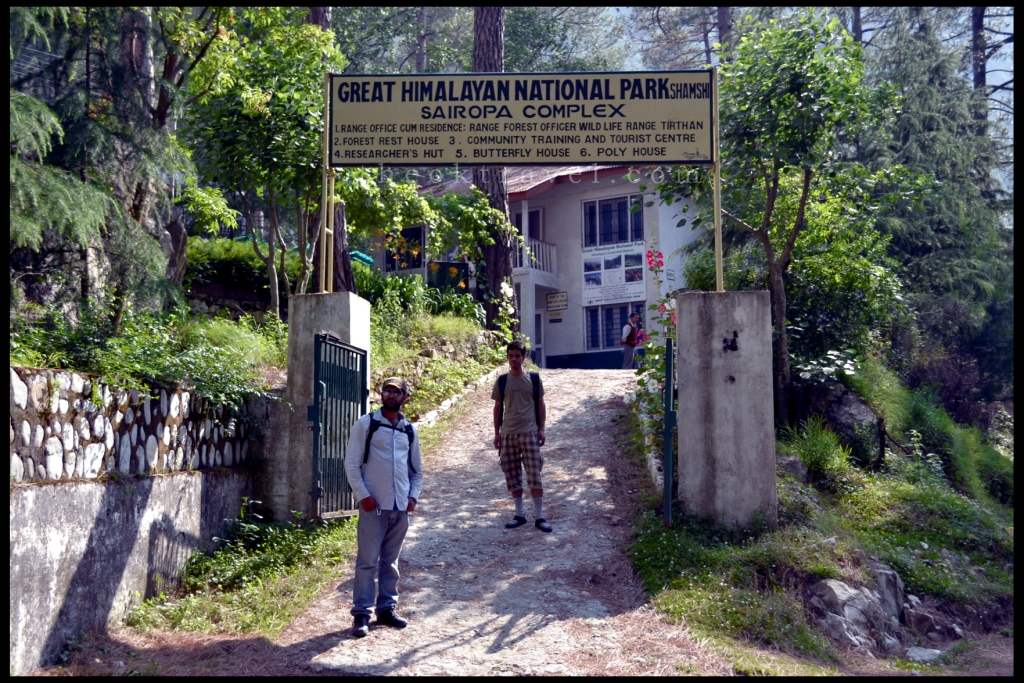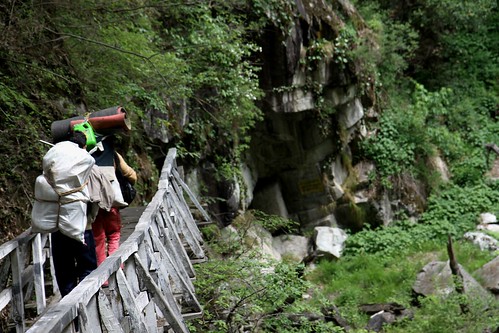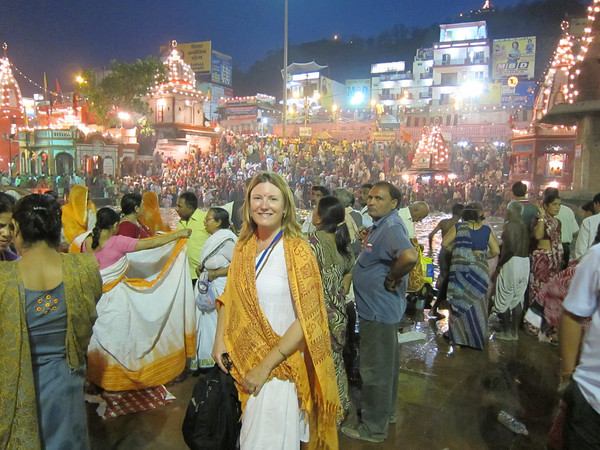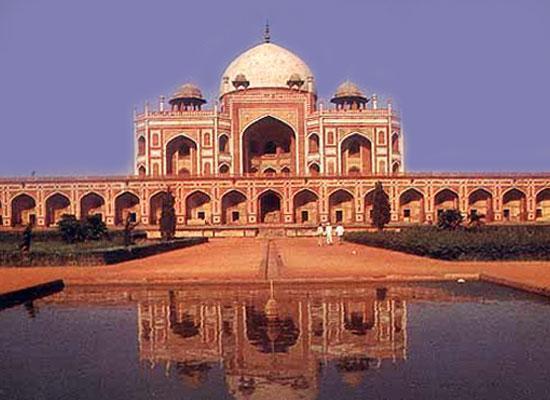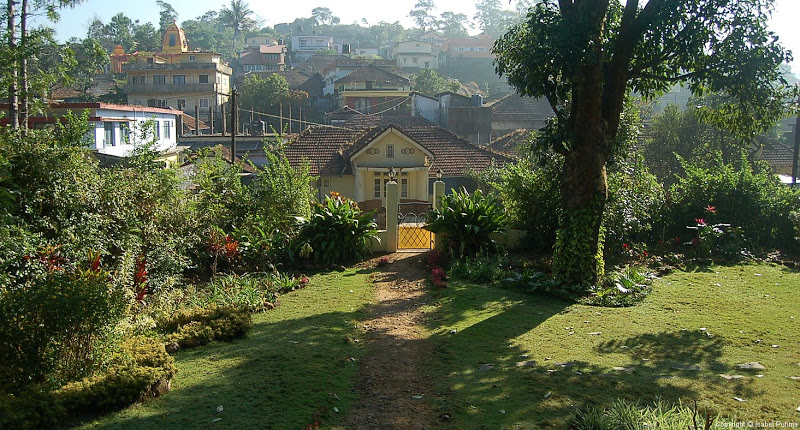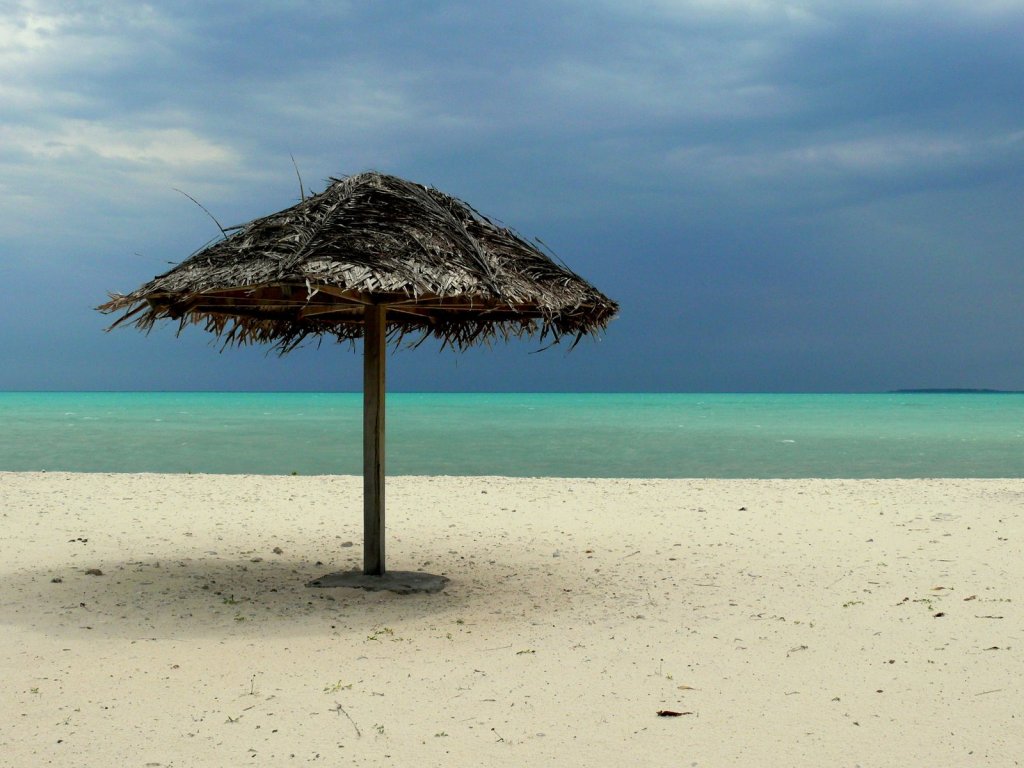All About Great Himalayan National Park
Being inducted in 1999, Great Himalayan National Park also happens to be the latest addition to the list of National Parks in India. This sanctuary was initially declared a protected region in 1984. Located in the Kullu region in Himachal Pradesh, Great Himalayan National Park is bestowed with unique ecological aspect nestled in the Western Himalaya. The four valleys of the park are named Sainj Valley, Tirthan Valley, Jiwa Nal Valley and Parvati Valley.
Great Himalayan National Park is home to over 180 bird specials, some rare mammals that include Himalyan Brown Bear, musk deer and snow leopard along with a number of invertebrate, reptiles and rare amphibian species.
Location: Kullu in Himachal Pradesh
Highlights: 180 species of birds and rare mammals such as black bears, blue sheep, Himalayan Brown Bear, musk deer and snow leopard
National Park Area: 754 km² core area and a buffer zone of 5 km from the western boundary of the park which covers 265.6 sq km. and is also known as ecozone with home to around 1,500 households in 141 village.
Altitude: 1800 to 5200 meters above sea level
Eco-region: Sub tropical and Alpine Forest
Terrain: An array of dense ridges, deep gorges and precipitous cliffs, rugged cliffs, glaciers and narrow valleys.
Best Season: From April to June and between October-November
How to reach: Chandigarh is the nearest major railway station 296 km away. Or you can come all the way up to Joginder Nagar (143 km), in Mandi which is connected through a narrow gauge line to Pathankot. Take a cab or bus from here. Closest airport is Bhunter at 63 km
An introduction to the Great Himalayan National Park
Located in the upper reaches of Western Himalaya, Great Himalayan National Park is a delight for the new breed of ecotoursits, trekkers and adventure seekers. Verdant oak and rhododendron forest, gushing water streams and unpolluted air and sweeping view of pristine Himalayan peaks makes Great Himalayan National Park one of the ideal retreat from the hubbub of city and civilization.
Not only the natural profusion evident in the rich flora but the multitude of wildlife, both rare and elusive makes this national park a must visit for nature lovers, wildlife enthusiasts and trekkers.
Eco-tourism inside the Great Himalayan National Park
Great Himalayan National Park offers plenty of ecotourism activities. From relatively easy walks in ecozone inside the park to relatively easy, moderate and tough trekking trails spanning over several days, there are an array of ecotourism activities to choose from.
Habitat inside this National Park varies from lush Oak, Conifer and Rhododendron forests to alpine meadows and from sweeping valleys and gushing water streams to high altitude glaciers.
Ecozone
Ecozone is the reserve area inside the National Park where the locals reside. There are several day walks to acquaint you with the lifestyle and culture of the local people.
These day walks also give you a glimpse into the fact that how ecotourism could help balance the man vs. nature to preserve and sustain the fragile ecology.
The best time to visit for a glimpse into the local culture is during Dusshera festival in September-October when locals gather to celebrate their cultural ethos and tradition.
Treks and Hiking
Inside the Great Himalayan National Park, one could choose from 2-3 days easy to moderate hikes to moderate to tough treks to high altitude glaciers and alpine meadows.
It is mandatory for the tourists to acquire prior permission and permits from the park official for multi-day treks inside the park.
Some of the treks available inside the Great Himalayan National Park are:
Sainj Valley Trek
Duration: 5 Days
Grade: Easy to Moderate
Maximum Elevation: 3700 meters
Total Distance Covered: 66 km
Sainj - Tirthan Valley Trek
Duration: 8 Days
Grade: Moderate to Tough
Maximum Elevation: 4120 meters
Total Distance Covered: 85 km
Gushaini - Shilt Hut Hike
Duration: 3 Days
Grade: Easy to Moderate
Maximum Elevation: 3100 meters
Total Distance Covered: 30 km
Jiwa Nala - Parvati River Valley Trek
Duration: 7 Days
Grade: Tough
Maximum Elevation: 4636 meters
Total Distance Covered: 110 km
Gushaini - Tirhan Valley Trek
Duration: 8 Days
Grade: Moderate to Tough
Maximum Elevation: 4000 meters
Total Distance Covered: 76 km
Rakhtsar in Sainj Valley (Pin Parvati Trek)
Duration: 8 Days
Grade: Moderate to Tough
Maximum Elevation: 5319 meters
Total Distance Covered: 90 km
Trekking to other routes is also possible with the prior permission from the park officials.
Entry Fees for Great Himalayan National Park
Tourists visiting Great Himalayan national Park have to pay certain fee for entrance, belongings and purpose (camera/filming) of the visit. For Indian Nationals the entrance fee to this park is INR 50 per person per day. Additionally, they also need to pay INR 150 per day for carrying video camera for non-commercial purpose.
For Foreign Nationals, the entrance fee is fixed at INR 200 per person per day. For carrying non-commercial video camera, foreign national need to pay an extra amount of INR 300 per day.
Climate of the Great Himalayan National Park
The park is best visited in spring (April to June) and autumn (October-November). Rain during monsoon means that tourist should avoid visiting Great Himalayan National Park. During winter, even the low lying regions receive snowfall and the weather is extremely cold.
Wildlife in the Great Himalayan National Park
The rich biodiversity of this national park makes it a home of numerous birds and mammals species. Over 180 bird species, 30 mammals, various insects and reptiles and been found and recorded inside GHNP.
Mammals
Several common as well as rare species reside in the Great Himalayan National Park. Some of the most spotted mammals in the park include goat-antelope, Himalayan Goral and Himalayan Tahr. There has been rare spotting of Blue Sheep and Snow Leapord above the tree line. Other major mammals residing in the park include Asiatic Black Bear, Musk Deer, Barking Deer, Common Leopard and Himalayan Brown Bear.
Birds
One of the major attractions of Great Himalayan national Park is the numerous bird species found inside this park. Whereas Bearded Vulture, Golden Eagle and Himalayan Vulture are the common sightings in the park, it is also home to the endangered Western Tragopan.
Some important species in the Park are Long Tailed Minivets, Laughing Thrush, Golden Bush Robin, Black Throated Thrush, Yellow Bellied Fantails and Grey Winged Blackbirds among others.
Other common species of pheasants inside the park are White Crested Khaleej, Koklass, Himalayan Monal and Cheer Phesant.
Besides 50 species of birds also migrate each summer to the Great Himalayan national Park which include Eurasian Woodcock, several cuckoos, Oriental Turtle-dove, Ashy Drongo and Grey Nightjar among others.
How to reach Great Himalayan National Park
This national park is best visited by road as there is no train connectivity and even the nearest airport at Bhunter 63 kilometers away is not connected with major airports in India as hardly any commercial airline have a connecting flight to Bhunter.
By Road
Great Himalayan National Park is well connected by road. It is located approximately 500 km from Delhi, 243 km from Shimla, 75 km from Kullu, 296 km from Chandigarh and 241 km from Dharamsala. Both state run and private bus service operate regularly from Delhi, Shimla, Chandigarh, Manali and Dharamsala.
From Delhi to Great Himalayan National Park is:
Delhi – Ambala (188 KM) – Chandigarh – Roopnagar (282 KM) – Kiratpur – Bilaspur (371 KM) – Mandi (440 KM) – Pandoh – Aut (481 KM) – Larji – Gushaini – Tirthan (511 KM).
By Train
There are 2 ways to reach Great Himalayan National Park (GHNP) through train. First is to take the train to Chandigarh which is well connected through rail line with other major cities of India. From there one could travel by bus or hired taxi to GHNP.
Another way is to reach Pathankot by train which again is well connected by rail with other cities. From Pathankot, one could catch the narrow gauge train (popularly referred to as toy trains) till Joginder Nagar in Mandi which is 143 km away. It’s a 10 hours but scenic ride from Pathankot to Mandi.
A hired cab or bus from Joginder Nagar will take you to GMNP.
By Air
The nearest airport is at Bhunter located 63 kilometers away but it is not well connected with any major airline service.
Accommodation in Great Himalayan National Park
There are ample homestays in the ecozone where one could stay inside GHNP. Limited accommodation/camping options are available in Forest Rest House (3 rooms) and Community Training & Tourist Center (40 dormitory beds) in Sairopa, inspection huts and designated camping grounds at select places along the hiking trails.
If you are planning for multi day trek in the park, it is always advisable that you carry tents, sleeping bags, insulated mats, cooking equipments etc.
General Information of Great Himalayan National Park
- It is required to seek prior permission to enter GHNP
- The number of tourist inside this national park is regulated due to its fragile ecosystem
- You might be required to pay for personal photography
- Filming and photo shoot for commercial requires additional fees and permit
- All multi day treks requires certified guides and porters
- Trekkers need to produce their trekking route to the park officials before entering GHNP
- Foreign Visitors on multi day trekking must carry their travel insurance documents in case emergency medical or evacuation in needed.

_in_Amritsar,_India.jpg)







